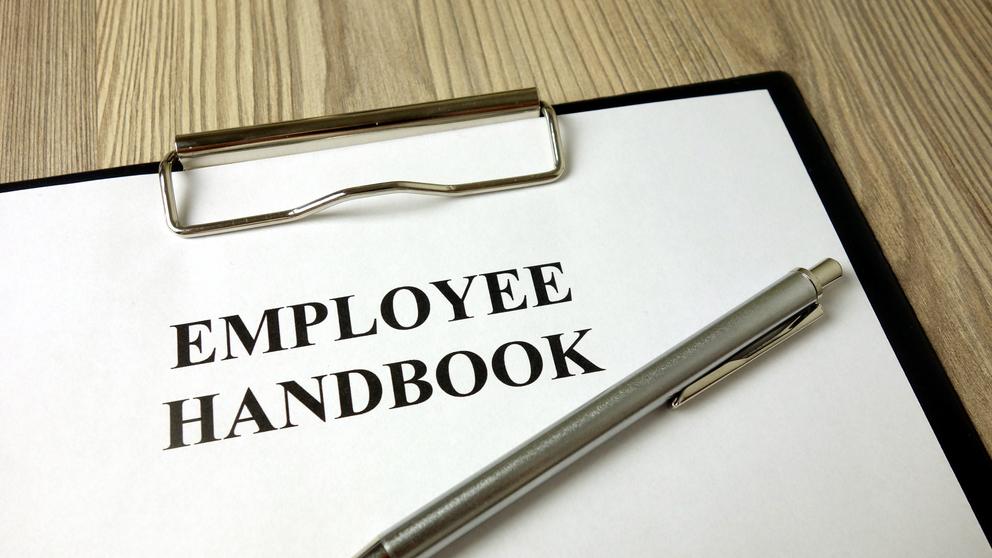
The IRS has released its 2024 inflation-adjusted limits for qualified retirement plans.
It also announced the maximum annual compensation used for calculating benefits and contributions and for nondiscrimination testing. In addition, the Social Security Administration published its limit on wages subject to Social Security taxes. All of this information is summarized in the charts below.
2024 Limits for Retirement Plans
The annual elective deferral limits have increased for 401(k), 403(b), 457(b), savings incentive match plan for employees (SIMPLE) plans, individual retirement accounts (IRAs) and Roth IRAs.
In addition, the overall annual limit on employee and employer contributions for defined contribution (DC) plans has increased for 2024, as has the maximum annual benefit that can be paid out by a defined benefit (DB) plan.
| 2023 | 2024 | |
|---|---|---|
| 401(k), 403(b) and 457(b) elective deferrals | $22,500 | $23,000 |
| IRA/Roth IRA contributions | $6,500 | $7,000 |
| SIMPLE deferrals | $15,500 | $16,000 |
| DC plan annual contribution maximum | $66,000 | $69,000 |
| DB plan annual benefit maximum | $265,000 | $275,000 |
2024 Catch-up Contributions
In eligible retirement plans, employees age 50 and older can contribute additional amounts, known as catch-up contributions, beyond the limits noted above. The IRS limits for catch-up contributions remain the same for 401(k), 403(b), 457(b), SIMPLE, and IRA/Roth IRA plans.
| 2023 | 2024 | |
|---|---|---|
| 401(k), 403(b) and 457(b) plans | $7,500 | $7,500 |
| SIMPLE plans | $3,500 | $3,500 |
| IRA/Roth IRA plans | $1,000 | $1,000 |
Compensation and Social Security
The IRS sets a limit on the amount of compensation that can be used to calculate benefits and contributions. This amount also applies to general and 401(k) nondiscrimination tests. In addition, the Social Security Administration places a limit on wages subject to Social Security taxes. All of these amounts have increased for 2024.
| 2023 | 2024 | |
|---|---|---|
| Highly compensated employees | $150,000 | $155,000 |
| Key employees/officers | $215,000 | $220,000 |
| Maximum amount of compensation for benefit calculations and nondiscrimination testing | $330,000 | $345,000 |
| Social Security wage base | $160,200 | $168,600 |
For More Information
Share the relevant figures with your employees to keep them informed and in compliance. If you have questions about these limits or how they apply to your retirement plans, reach out to our Human Resources Consulting team to learn more.
This content is for informational purposes only and not for the purpose of providing professional, financial, medical or legal advice. You should contact your licensed professional to obtain advice with respect to any particular issue or problem. Please refer to your policy contract for any specific information or questions on applicability of coverage.
Please note coverage can not be bound or a claim reported without written acknowledgment from a OneGroup Representative.
Written content in blog post: Copyright © 2022 Applied Systems, Inc. All rights reserved.









